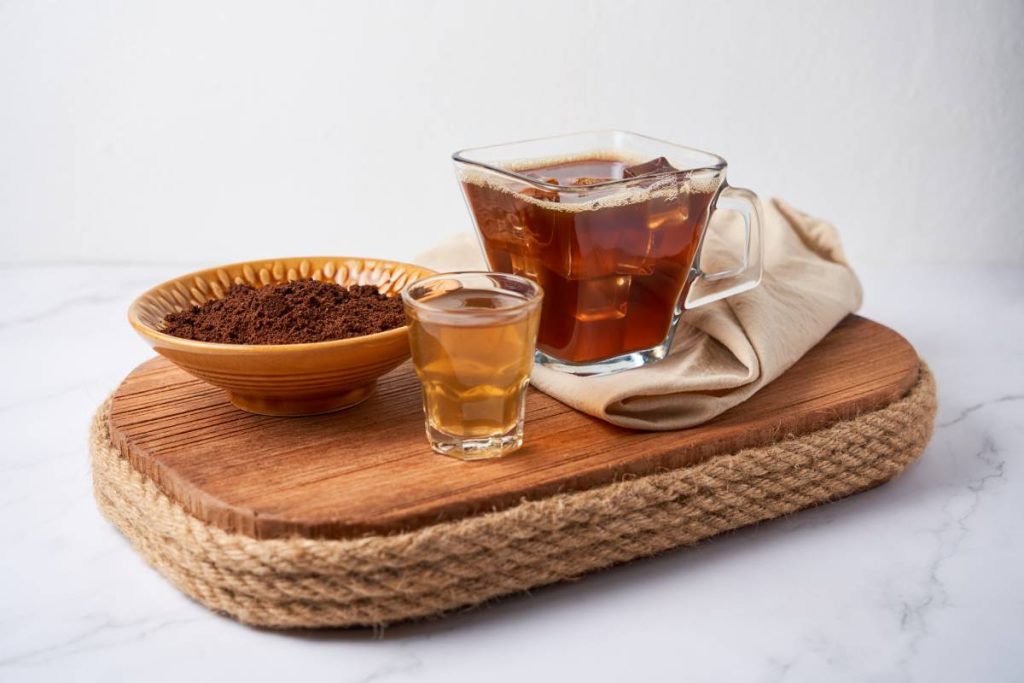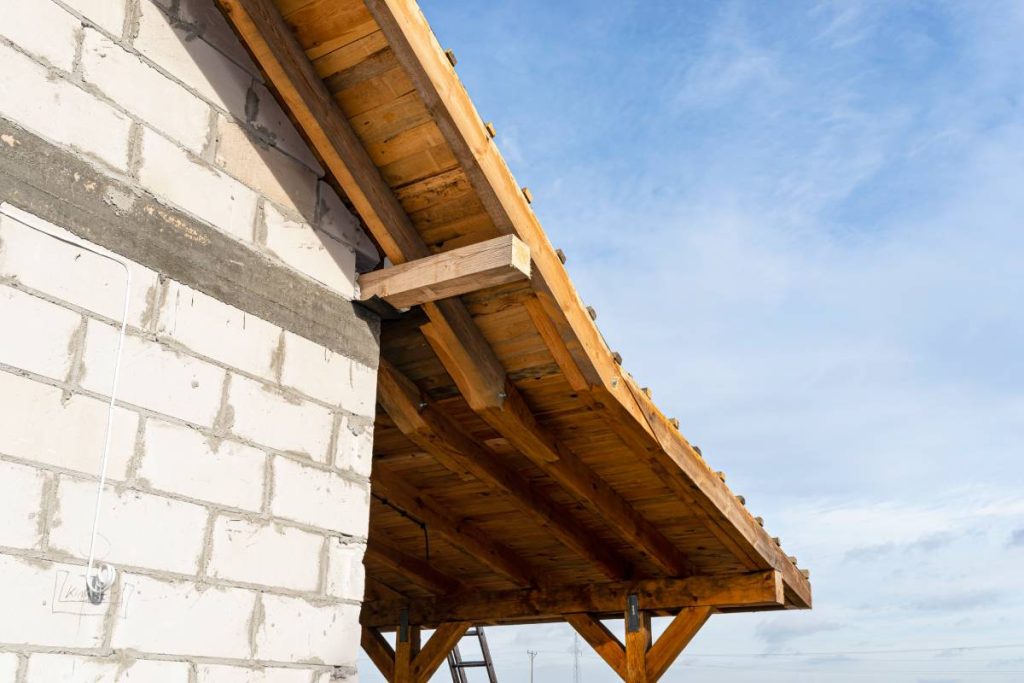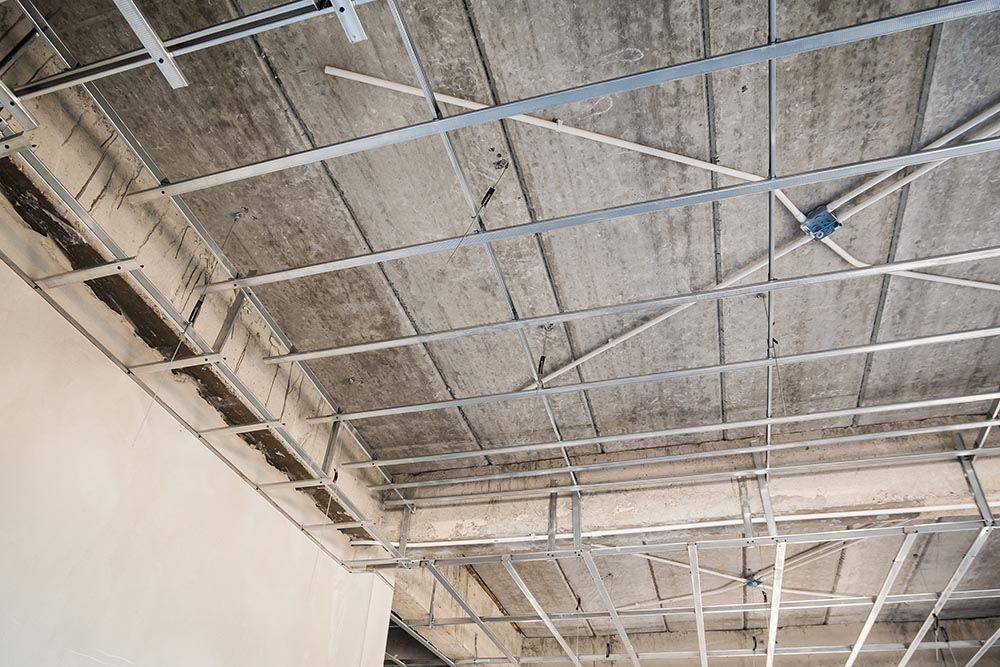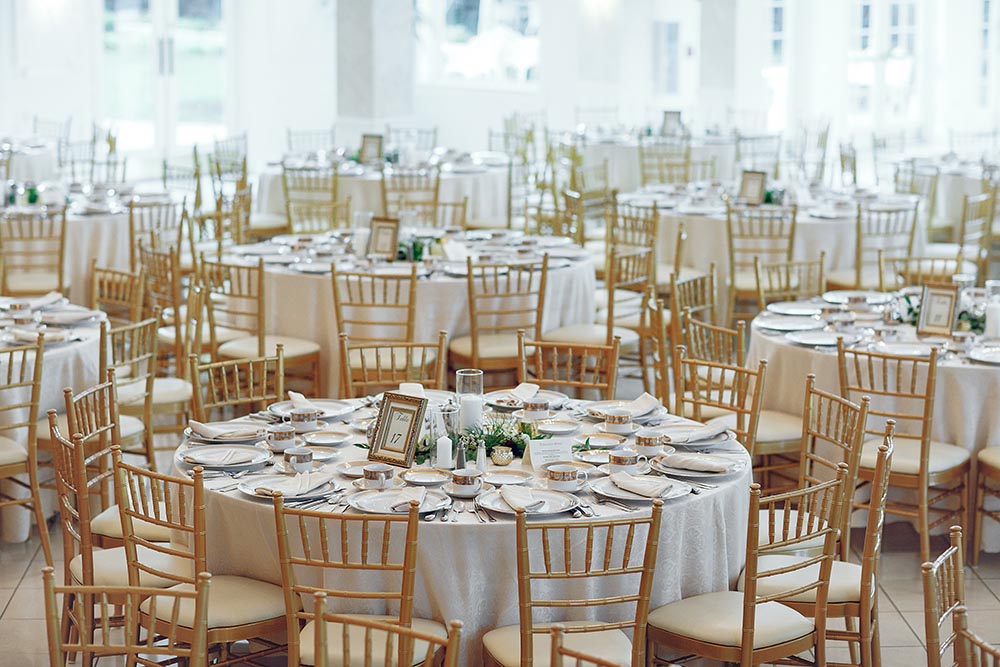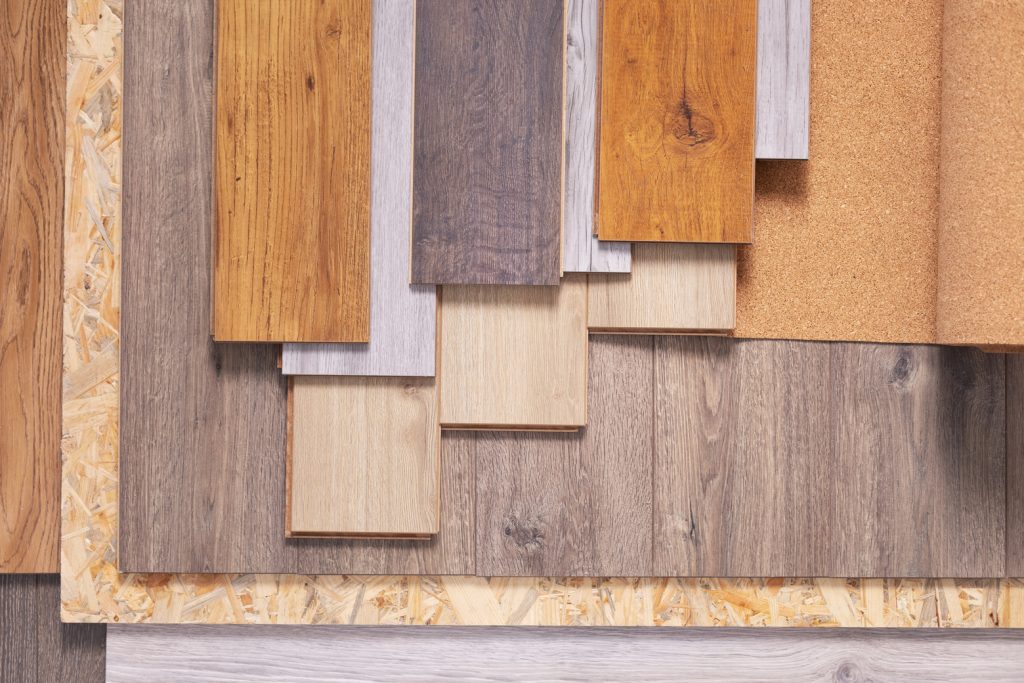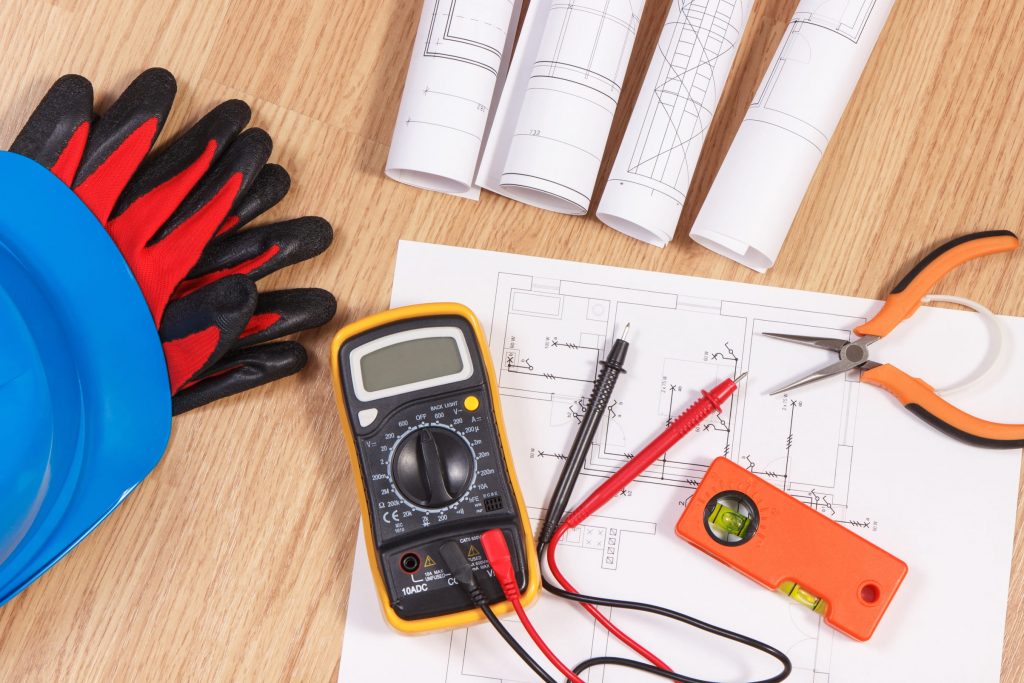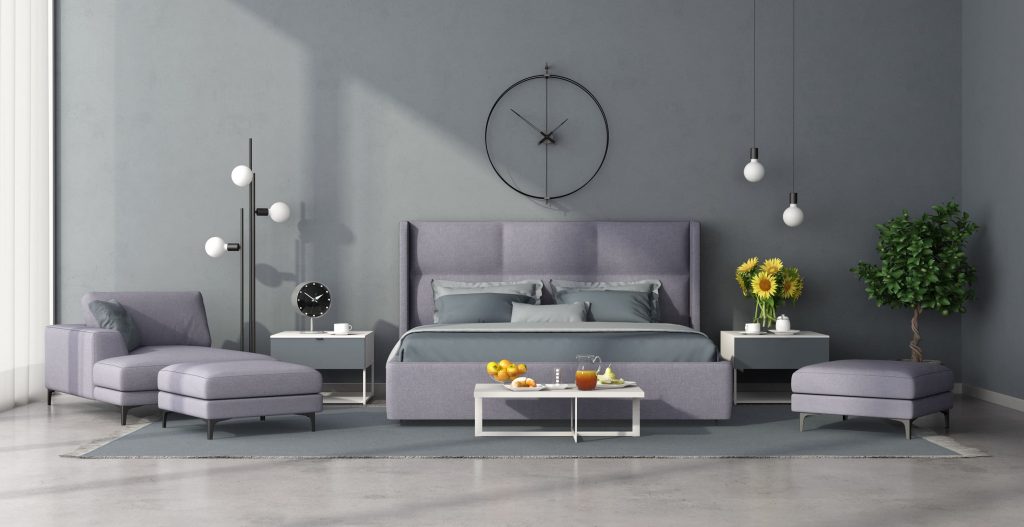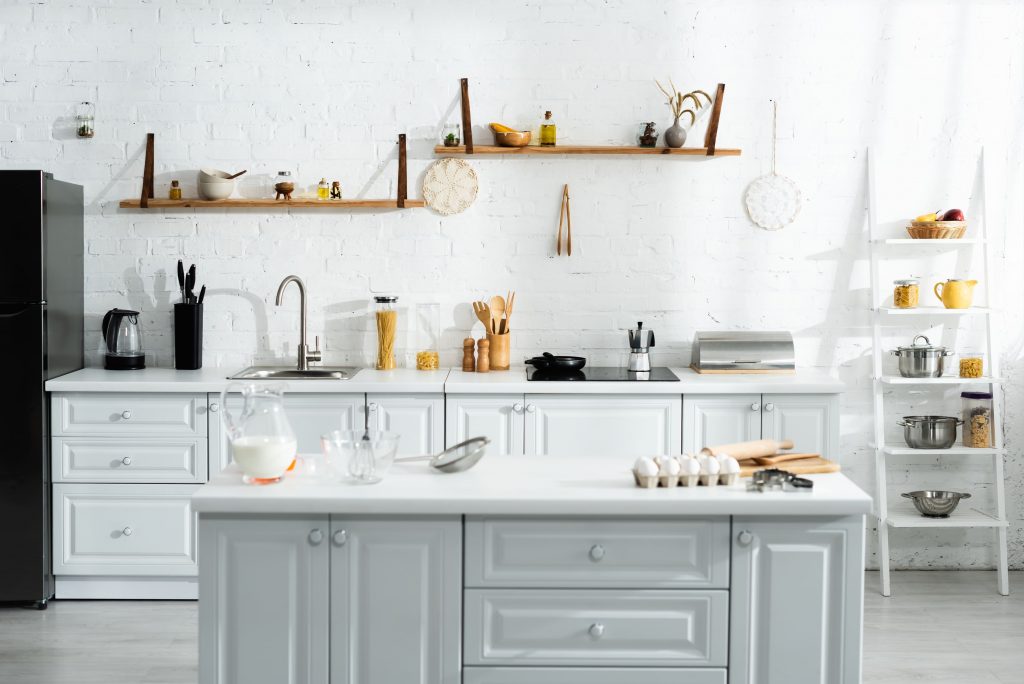What is the best flooring to use in a house? How do I choose the best flooring? Is vinyl or laminate flooring better?
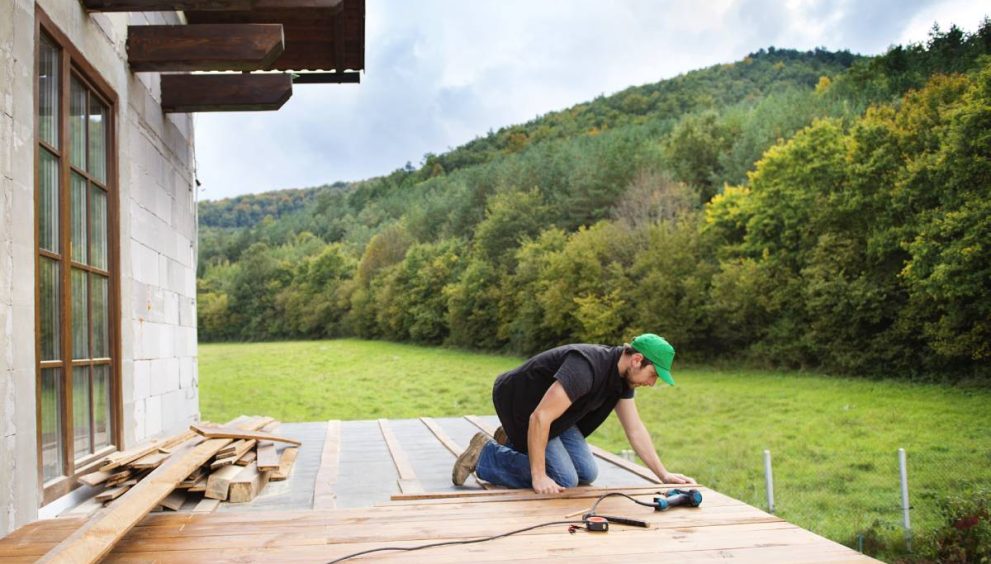
Choosing the right flooring for your home is a crucial decision that impacts both the aesthetic appeal and functionality of your living space. With a multitude of options available, navigating the world of flooring materials can be overwhelming.
In this exploration, we’ll delve into three popular flooring choices—hardwood, laminate, and vinyl—highlighting their unique features and advantages to help you make an informed decision that aligns with your lifestyle and preferences.
What is the best flooring to use in a house?
When it comes to creating a comfortable and stylish living space, one of the key decisions homeowners face is selecting the right flooring. The type of flooring you choose can greatly impact the overall look, feel, and functionality of your home.
With a myriad of options available, finding the best flooring for your house can be a bit overwhelming. To make this decision easier, let’s explore some popular flooring choices and their benefits.
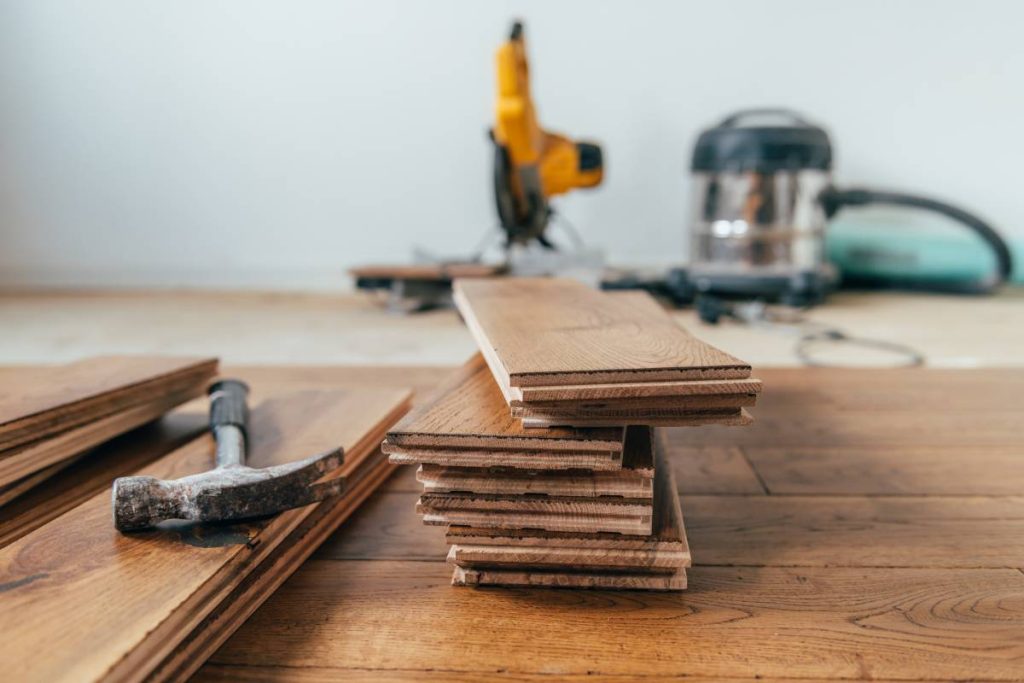
1. Hardwood Flooring
Hardwood flooring is a timeless and classic option that adds warmth and character to any home. It’s known for its durability and can last for decades with proper care. Hardwood floors are easy to clean and can be refinished to rejuvenate their appearance. They come in a variety of wood types and finishes, allowing you to choose a style that complements your home’s aesthetic.
2. Laminate Flooring
Laminate flooring is a cost-effective alternative to hardwood that mimics its appearance. It consists of layers that are fused together, making it resistant to scratches and wear. Laminate is easy to install, making it a popular choice for DIY enthusiasts. It’s also a great option for families with pets or young children due to its durability and easy maintenance.
3. Tile Flooring
Tile flooring is a versatile option suitable for various areas of the house, including kitchens and bathrooms. It comes in a wide range of materials such as ceramic, porcelain, and natural stone. Tile is resistant to moisture and easy to clean, making it an excellent choice for areas prone to spills and high humidity.
4. Vinyl Flooring
Vinyl flooring has come a long way and is now available in a variety of styles, including luxury vinyl planks that closely resemble hardwood. It’s a budget-friendly option that is durable, waterproof, and easy to maintain. Vinyl flooring is an excellent choice for high-traffic areas and households with pets.
5. Carpet
Carpeting provides a soft and comfortable surface underfoot, making it ideal for bedrooms and living rooms. It comes in numerous colours and textures, allowing you to customize the look of your space. While it may require more maintenance than some other flooring options, regular vacuuming and cleaning can keep it looking fresh and inviting.
6. Bamboo Flooring
For those seeking an eco-friendly option, bamboo flooring is a sustainable choice. It’s as durable as hardwood and has a unique, contemporary appearance. Bamboo is resistant to moisture and can withstand daily wear and tear, making it suitable for various rooms in the house.
The best flooring for your house depends on your personal preferences, lifestyle, and budget. Each type of flooring has its own set of advantages, so it’s essential to consider factors like durability, maintenance, and aesthetic appeal. Whether you opt for the timeless elegance of hardwood, the affordability of laminate, the versatility of tile, the durability of vinyl, the plush comfort of carpet, or the eco-friendliness of bamboo, choosing the right flooring can transform your house into a home that reflects your style and meets your practical needs.
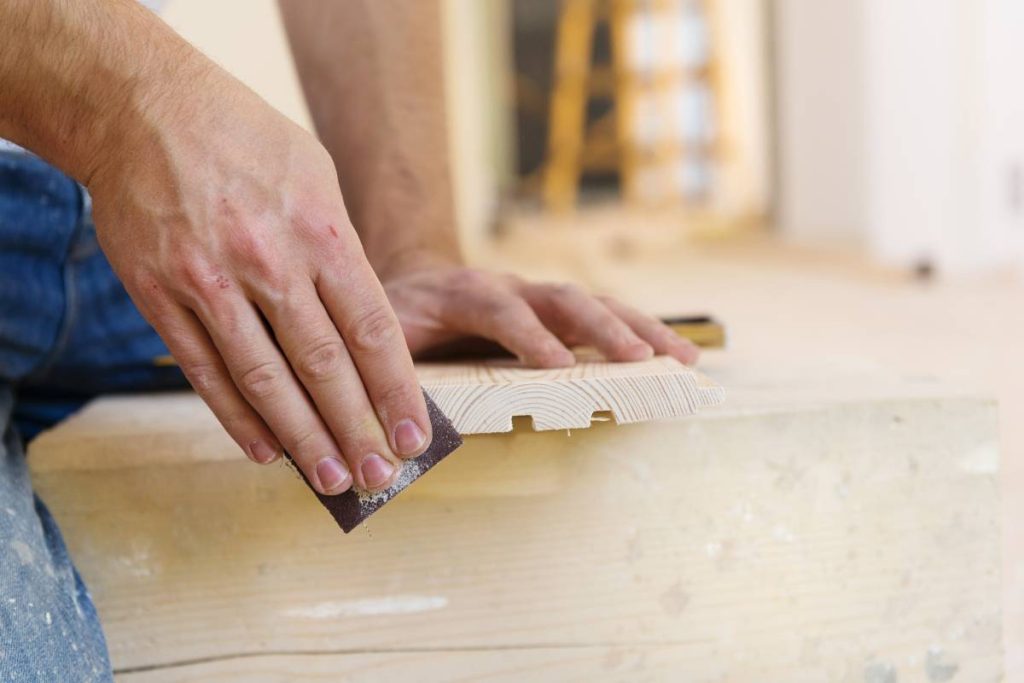
How do I choose the best flooring?
Selecting the perfect flooring for your space is a significant decision that can greatly influence the overall look and feel of your home. With various options available, finding the best flooring involves considering your lifestyle, preferences, and practical needs.
Here’s a straightforward guide to help you choose the flooring that suits your unique requirements.
1. Assess Your Lifestyle
Start by thinking about your lifestyle and how each room in your home is used. If you have a busy household with pets and kids, you might want a durable and easy-to-clean option. For high-traffic areas, such as the living room or kitchen, consider resilient flooring that can withstand wear and tear.
2. Set a Budget
Determine how much you’re willing to spend on flooring. Different types of flooring come with varying price tags, so having a budget in mind can narrow down your options. Remember to include installation costs in your budget, as some flooring materials may require professional installation.
3. Consider Maintenance
Think about the level of maintenance you’re willing to commit to. Some flooring options, like hardwood, may require regular maintenance, while others, such as vinyl or laminate, are low-maintenance and easy to clean. Assess your willingness to invest time and effort in keeping your floors in top condition.
4. Think About Aesthetic Preferences
Consider the overall style and aesthetic of your home. The flooring you choose should complement the existing decor and enhance the visual appeal of your space. For a classic and timeless look, hardwood might be a great choice, while modern spaces could benefit from the sleek appearance of tile or laminate.
5. Explore Flooring Types
Now that you have a better idea of your preferences and needs, let’s explore some common flooring types:
- Hardwood Flooring: Timeless and elegant, hardwood adds warmth to any room. It’s available in various wood species and finishes, allowing you to find a style that matches your taste.
- Laminate Flooring: A budget-friendly alternative to hardwood, laminate comes in a range of styles and is easy to install. It’s resistant to scratches and is a great option for those seeking affordability and durability.
- Tile Flooring: Ideal for areas prone to moisture, tile is available in ceramic, porcelain, and natural stone. It’s easy to clean and comes in diverse patterns and colours.
- Vinyl Flooring: A versatile and cost-effective option, vinyl is durable, waterproof, and comes in various styles, including luxury vinyl planks that mimic hardwood.
- Carpet: Providing a soft and cosy feel, the carpet is suitable for bedrooms and living rooms. It comes in different textures and colours, allowing for customization.
- Bamboo Flooring: An eco-friendly choice, bamboo is sustainable and durable, with a unique contemporary look.
6. Seek Professional Advice
If you’re unsure about which flooring option is best for your home, consider consulting with a flooring professional or your local handyman. They can provide insights based on your specific needs and guide you toward the most suitable choice.
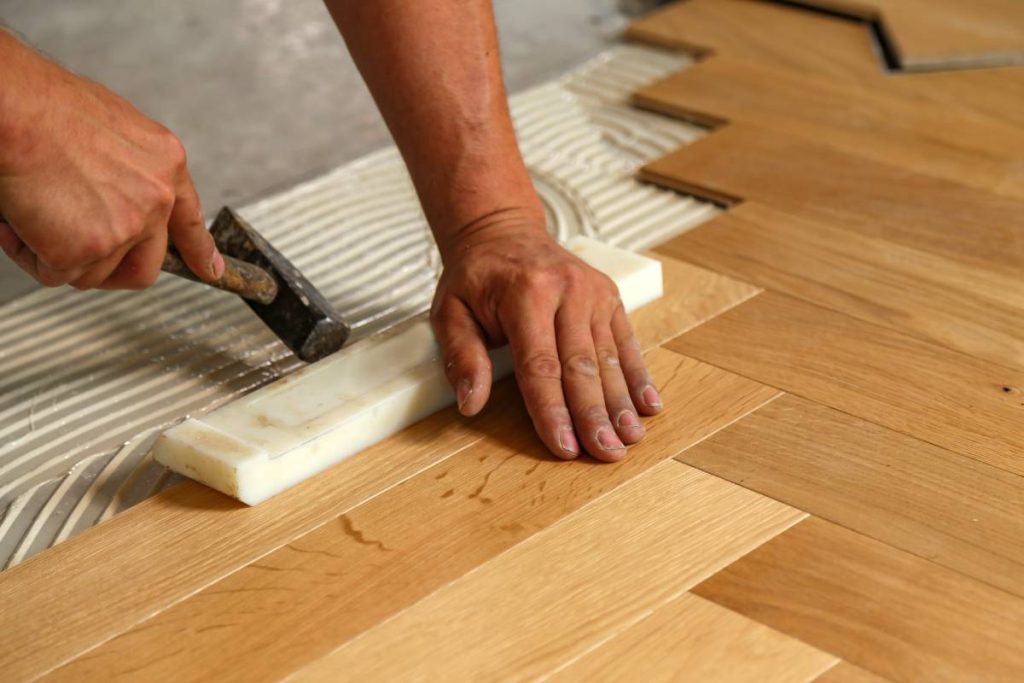
Is vinyl or laminate flooring better?
Choosing between vinyl and laminate flooring is a common dilemma for homeowners seeking a balance between aesthetics, durability, and budget. Both options have distinct characteristics, and the better choice depends on your specific needs and preferences.
Vinyl Flooring
Vinyl flooring is a versatile and resilient option that has gained popularity in recent years. Here are some key features and advantages of vinyl flooring:
- Water Resistance: One of vinyl’s standout qualities is its water resistance. It is highly resistant to moisture, making it an excellent choice for areas prone to spills, such as kitchens and bathrooms. This quality helps prevent damage and ensures the longevity of the flooring.
- Durability: Vinyl flooring is known for its durability and ability to withstand heavy foot traffic. It is resistant to scratches, dents, and stains, making it a practical choice for homes with pets, children, or high-traffic areas.
- Versatility: Vinyl flooring comes in a wide array of styles, colours, and patterns, including options that mimic the look of hardwood, tile, or stone. This versatility allows you to achieve the aesthetic you desire without compromising on performance.
- Comfort and Warmth: Unlike some hard flooring options, vinyl has a softer surface, providing a more comfortable feel underfoot. It also tends to be warmer than materials like tile, making it a cosy option for bedrooms and living areas.
- Easy Installation: Vinyl flooring is often designed for easy installation, and some types come with a click-and-lock system, making it a suitable choice for DIY projects.
Laminate Flooring
Laminate flooring is another popular choice, known for its affordability and realistic wood-like appearance. Here are some characteristics and advantages of laminate flooring:
- Affordability: Laminate flooring is often more budget-friendly compared to hardwood or even vinyl in some cases. This makes it an attractive option for homeowners looking for a cost-effective flooring solution.
- Aesthetic Appeal: Laminate flooring is designed to emulate the appearance of natural materials, particularly hardwood. It comes in a variety of styles, finishes, and textures, providing a broad range of options to suit different design preferences.
- Durability: While laminate is generally durable, it may be more susceptible to moisture than vinyl. Some types of laminate have water-resistant properties, but prolonged exposure to moisture can still cause damage.
- Ease of Maintenance: Laminate flooring is easy to clean and maintain. Regular sweeping and occasional damp mopping are usually sufficient to keep it looking good.
- Installation Options: Laminate flooring often features a click-and-lock installation system, similar to vinyl. This makes it a popular choice for homeowners who prefer a DIY approach.
Choosing Between Vinyl and Laminate
Ultimately, the decision between vinyl and laminate flooring depends on your specific needs and priorities. If water resistance, durability, and a softer feel underfoot are top priorities, vinyl may be the better choice. On the other hand, if budget-friendly options with a wide range of aesthetic choices are key considerations, laminate could be the preferred option.
Consider the specific requirements of the room where you plan to install the flooring, your lifestyle, and your design preferences. Additionally, consulting with flooring professionals can provide valuable insights and help you make an informed decision based on your unique circumstances.
Conclusion
In the quest for the perfect flooring, we’ve uncovered the distinct characteristics of hardwood, laminate, and vinyl. Each option brings its own set of benefits to the table, catering to different needs and preferences. Whether you lean towards the timeless elegance of hardwood, the budget-friendly versatility of laminate, or the resilient practicality of vinyl, the key is to align your choice with your lifestyle, budget, and aesthetic vision.
The journey to the ideal flooring is a personal one, and armed with this knowledge, you’re well-equipped to make a decision that suits your home and enhances your daily life.

 English
English 





































